The most effective reading-learning Apps in 2023
Apps to help you learn to read are the latest version of home-based reading classes available for many years. When the previous generations learned through videos and workbooks, youngsters today can play with their parents with one tap on tablets. Many apps are available for download; however, a few are a cut above other apps. From the best equipment for children's education to the most effective tools to homeschool, you'll find a solution available to suit your requirements. Let's discover the most effective reading-learning Apps in 2023
Related posts
What is a mobile App? App Development Basics for Businesses
10 Top Education Apps that Facilitate Learning 2023
1. BEST FREE: Starfall
The long-running standard in "learn to read" websites has now been transformed into an app. And, what's more, most of the content is available for free (full access costs just $35 per year). Starfall is a non-profit organization that has taught readers on its website since 2002. It has changed its curriculum to an app format.
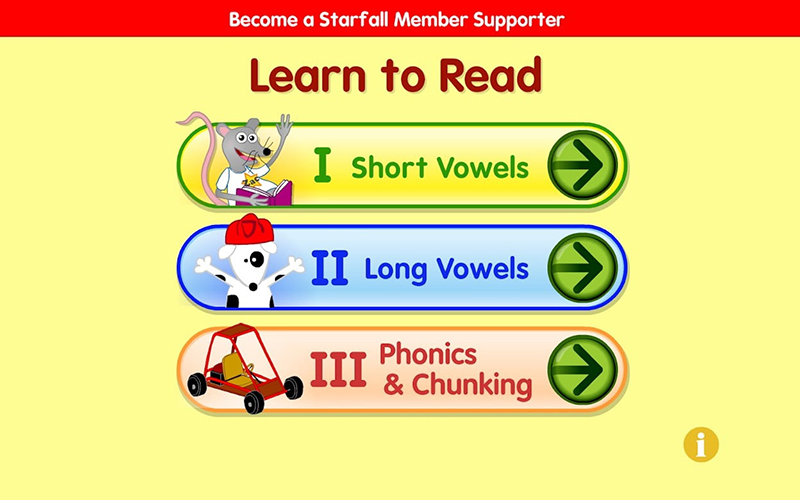 The most effective reading-learning Apps in 2023. Source: Proreviewsapp.com
The most effective reading-learning Apps in 2023. Source: Proreviewsapp.com
"Zac the Rat" shepherds youngsters are beginning with vowel sounds and simple illustrations. In addition to simple reading lessons, there are enjoyable games and activities for children to keep their learning going without actually believing that they're "learning" even though they're not.
Starfall, Free Version Walkthrough, Source: Youtube, Drew May
Children can "meet" or read to various adorable animal characters, with every lesson introducing a new word or language. They don't need to quit using Starfall after completing primary phonics or alphabet lessons.
There are also "It's Fun to Read" and "Let's Read" for elementary school students and gradually increasing the degree of difficulty for students to continue learning to improve their English abilities. When they reach the top of the line, they're not just getting tips on reading, but they're also getting introduced to fables, myths, and nonfiction literary genres.
2. Best for Elementary School: Homer
Homer is targeted at preschoolers to elementary school students (specifically the ages of 2 to 8); however, it follows a slightly different approach.
Instead of a one-size-fits-all method, Homer customizes learning plans and lets students determine for themselves what they'd like to focus on. The app teaches youngsters the basics of understanding numerals and letters, then works towards reading assignments. Children can choose from more than 20 subject areas they are interested in. The app blends their reading requirements and most popular topics to develop a personalized learning program.
Homer app review, Source: Youtube, Olivia Phillips
Homer uses a game-like interface that keeps kids entertained and engaged like other reading apps for kids. There are two primary options available to users to work through the lesson plans that the app has created. Its "practice" mode allows users to revisit their favorite activities or spend more time with concepts to grasp their understanding genuinely. The pricing is comparable to similar apps, around 10 dollars per month after an initial trial for free, which is roughly $60 for the entire year.
3. Best for Homeschoolers: Hooked on Phonics
"Hooked on" Phonics is among the most well-known brands for teaching children to read, and its integrated approach is an excellent choice for children who are trained at home.
This company's name had existed since before the advent of the Internet when it was primarily focused on physical learning tools such as flashcards, books, and worksheets. Today, it's a multi-media learning platform that uses the same tried and proper methods for teaching children to read; however, it offers more interactive options than ever before.
HOOKED ON PHONICS REVIEW | BEST APP for Learning to Read, Source: Youtube, The Johnson Crew
This Learn to Read app is only the base when families opt to subscribe. You also receive workbooks and reading books, questions, activities, etc. Kids are introduced to every new concept through a range of enjoyable games, videos, and even songs. In the next step, interactive games and puzzles allow children to learn before reading the text.
It even has a built-in reward system that rewards more achievements. The system is higher than other applications (about $ 16 per month following a trial month at around $1). However, the price is higher and more inclusive than the app.
4. BEST for BASICS: Reading Raven
The interactive Reading Raven app is designed not solely to teach essential reading and concepts but also to help children from 3 to 7 years old begin their journey to task and enjoy it. It's a phonics-based program that starts with interactive games, helping children identify the letters and draw them.
Introducing Reading Raven - An Interactive Learn-To-Read App For 3 to 7-year-olds, Source: Youtube, ReadingRaven
Additionally, the multisensory approach to the games improves the ability to listen, hand-eye coordination, and reading skills. It's a multi-faceted approach to establishing a solid base for reading comprehension from the beginning.
If they choose the "adventures" children can embark on, parents can tailor the experience of learning for each grade. A child who is three years old, for example, can engage in games that focus on letters and build toward word matching, and a five-year-old could try the activity of putting words together.
It's completely interactive and adjustable to what every student requires to do or enjoy—the first app costs around $4. Families can buy the second one--which includes more games for similar levels for around $3.
5. THE BEST SUPPLEMENTAL APPS: Skybrary
Skybrary formerly called Reading Rainbow, has the advantage of being associated with Reading Is Fundamental, a significant non-profit organization focusing on literacy for children. The idea is straightforward. It's an interactive library with a playful structure that lets young readers explore the topics they like. Experts select a variety of books for children. Along with the books, they also have additional video "adventures" and reading-along narration options. Skybrary is an excellent method to complement other reading instruction with books your kids will enjoy.
Learn To Read Books Aloud Skybrary, Source: Youtube, April Pulley Sayre
This focuses less on the technical aspect of reading and more on giving children a steady flow of new reading materials.
The current price is around $5 per month or 40 dollars for an entire year's subscription.
6. BEST FOR MEMBERSHIP: FarFaria
The design of FarFaria is as delightful as it is ideal for children. Through various magical "lands" on maps, readers can explore themes and topics for new stories to test their reading skills.
Discover the FarFaria App!, Source: Youtube, FarFaria Children's Stories
It gives readers more significant control over their books and puts reading skills in practical contexts rather than structured games or lessons. The readers can read the text on their own or opt for"read for me" or the "read to myself" option to listen to the book read out in the presence of professional Narrators.
FarFaria offers Two "tiers" in membership: one for free and one for pay. On the free level, users will receive daily a new story while paid subscribers enjoy unlimited stories.
The subscription options include a monthly plan for $5 per month, a year-long plan for around $50 per year, and $100 for a lifetime subscription. This means that you will have access to new stories to inspire a love of reading regardless of your budget.
7. How Much Does Learning to Read Apps Cost?
Like most educational apps, learning-to-read apps are available at different pricing. They typically offer some subscriptions, with the majority costing around $8-$13 per month. Some apps allow one-time purchases. However, any additional content may require a download. There are also several available for free, from free applications to the unrestrained "tiers" of more expensive applications. Whatever your budget, you'll find an app out there that works for you.
8. What features do the Learn-to-Read Apps have?
While each app will differ, most learning-to-read apps designed for children who speak English share a few features. Because these apps are typically designed for children, the majority have fun games or "games" that introduce children readers to the basics of reading. Then, most apps can read longer texts or offer a collection of short books for practicing reading.
One way in which apps differ is the amount of control a user has over the student's learning experience. Some apps offer features that connect lessons to one another automatically, and others have a more "choose the adventure you want to take" type. Even the pre-set ones do, however, usually have at least a "practice" feature that allows students to focus on the things they require or wish to concentrate on.
There's also a category of apps that focus on the practice aspect of things. They provide an endless supply of material that young readers can practice with the support and support of their parents. It's not only about teaching children how to read. It's about making sure that children be avid readers.
Conclusion
Reading is a very individual journey. However, it's one that everyone in the family must start at some point, and learning at home is as crucial as formal learning in a traditional school.
We wanted to ensure that our selections contained the most well-reviewed choices, and in the majority of cases, we've stuck to long-running and tried-and-true names such as ABCmouse, Hooked on Phonics, and others. We've also included classes for learners who may require specialization, like homeschoolers or those with minor learning abilities.
We've also focused on applications that allow parents and students more control over their learning, whether through providing "practice" modules that aren't linked to lessons or via libraries that contain books that can be accessed at the pace of one's choice.
The majority of these apps are also helpful to more than one class of students. Some, like those specifically targeted to students with the youngest learning abilities, complement other apps or modules that let students continue learning from the same program over the years.
Related posts
Hope this article is helpful to you, thanks for reading.
Source: Buy app reviews
The most effective reading-learning Apps in 2023
- 1. BEST FREE: Starfall
- 2. Best for Elementary School: Homer
- 3. Best for Homeschoolers: Hooked on Phonics
- 4. BEST for BASICS: Reading Raven
- 5. THE BEST SUPPLEMENTAL APPS: Skybrary
- 6. BEST FOR MEMBERSHIP: FarFaria
- 7. How Much Does Learning to Read Apps Cost?
- 8. What features do the Learn-to-Read Apps have?
- Conclusion


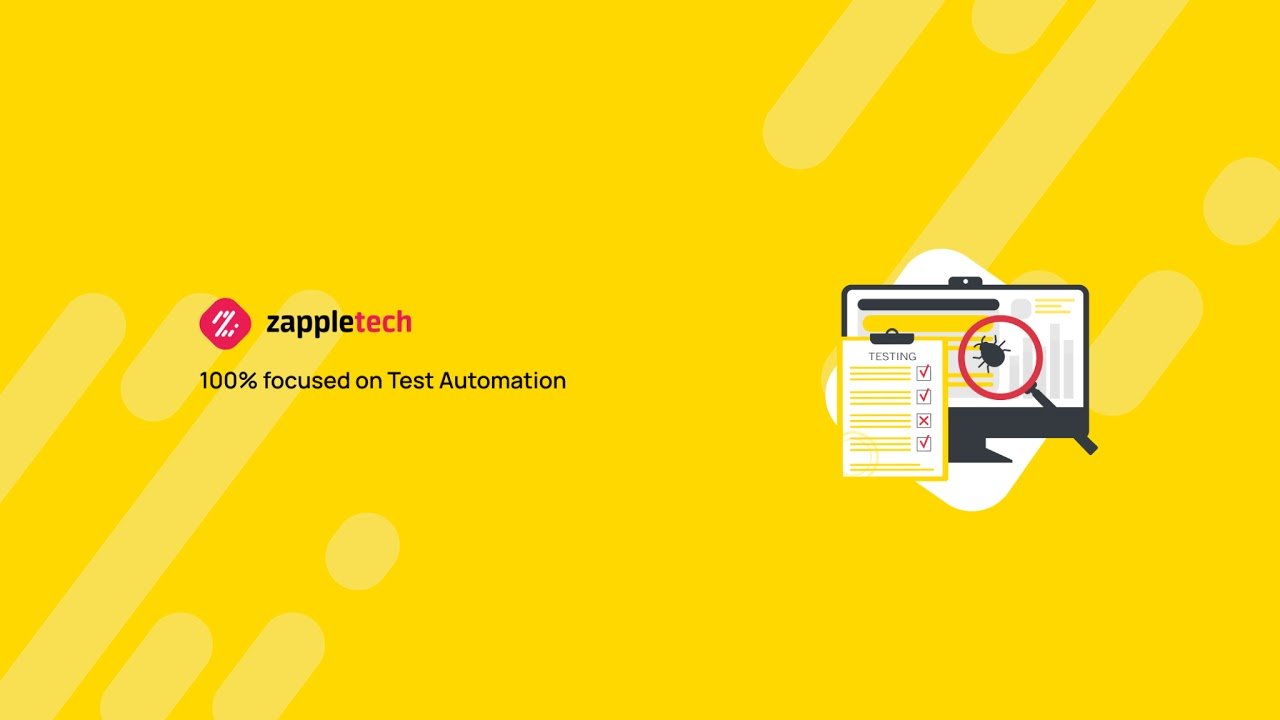
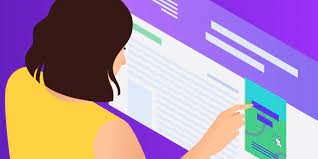

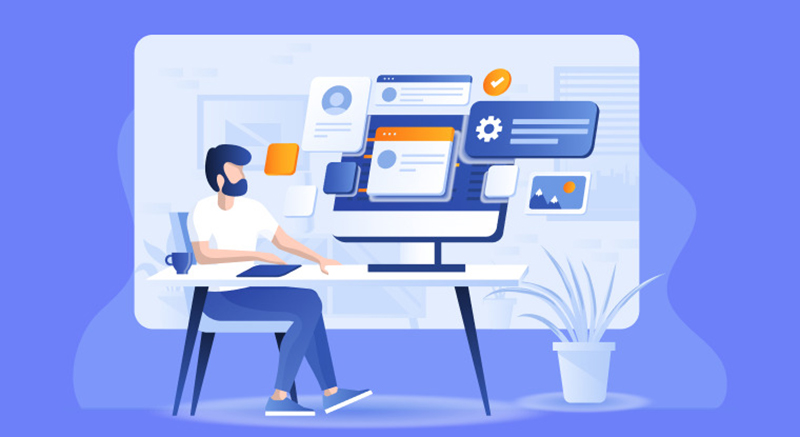
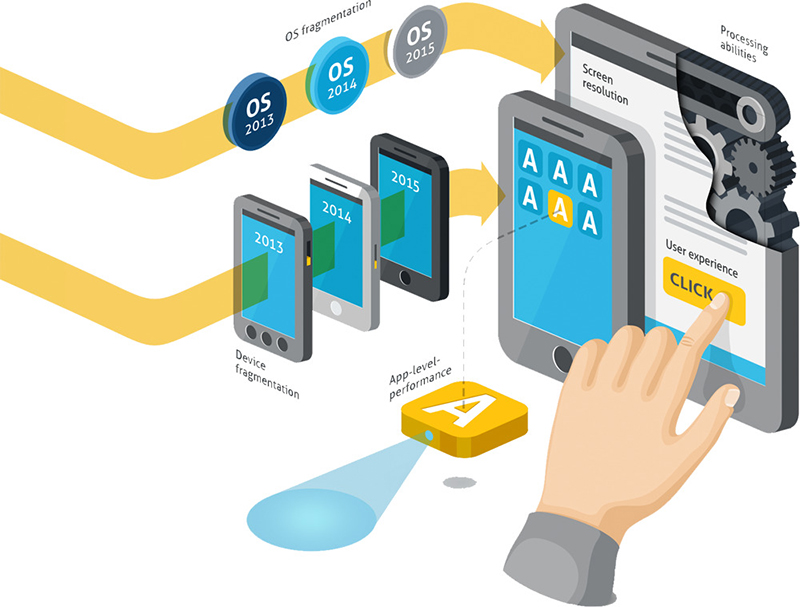
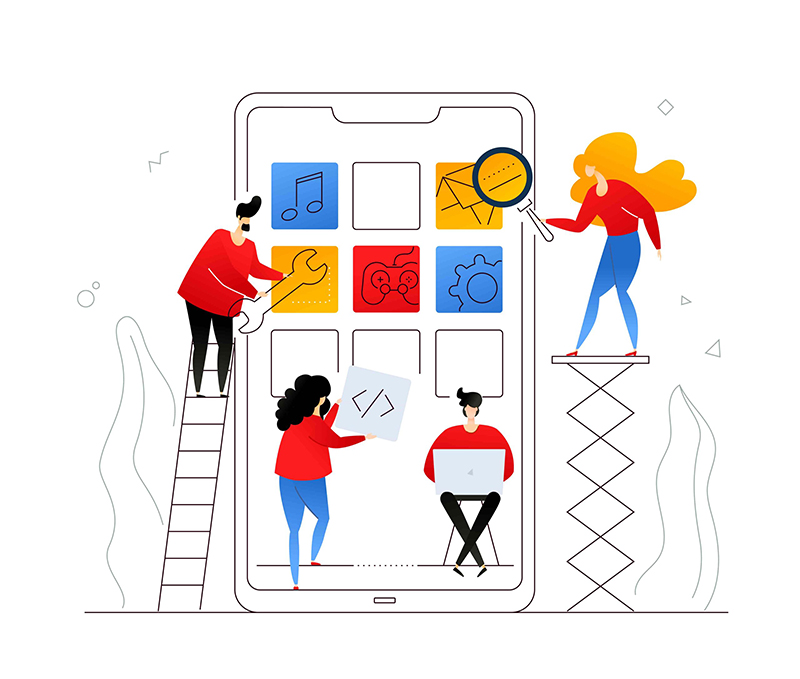
Leave a Reply
Your e-mail address will not be published. Required fields are marked *